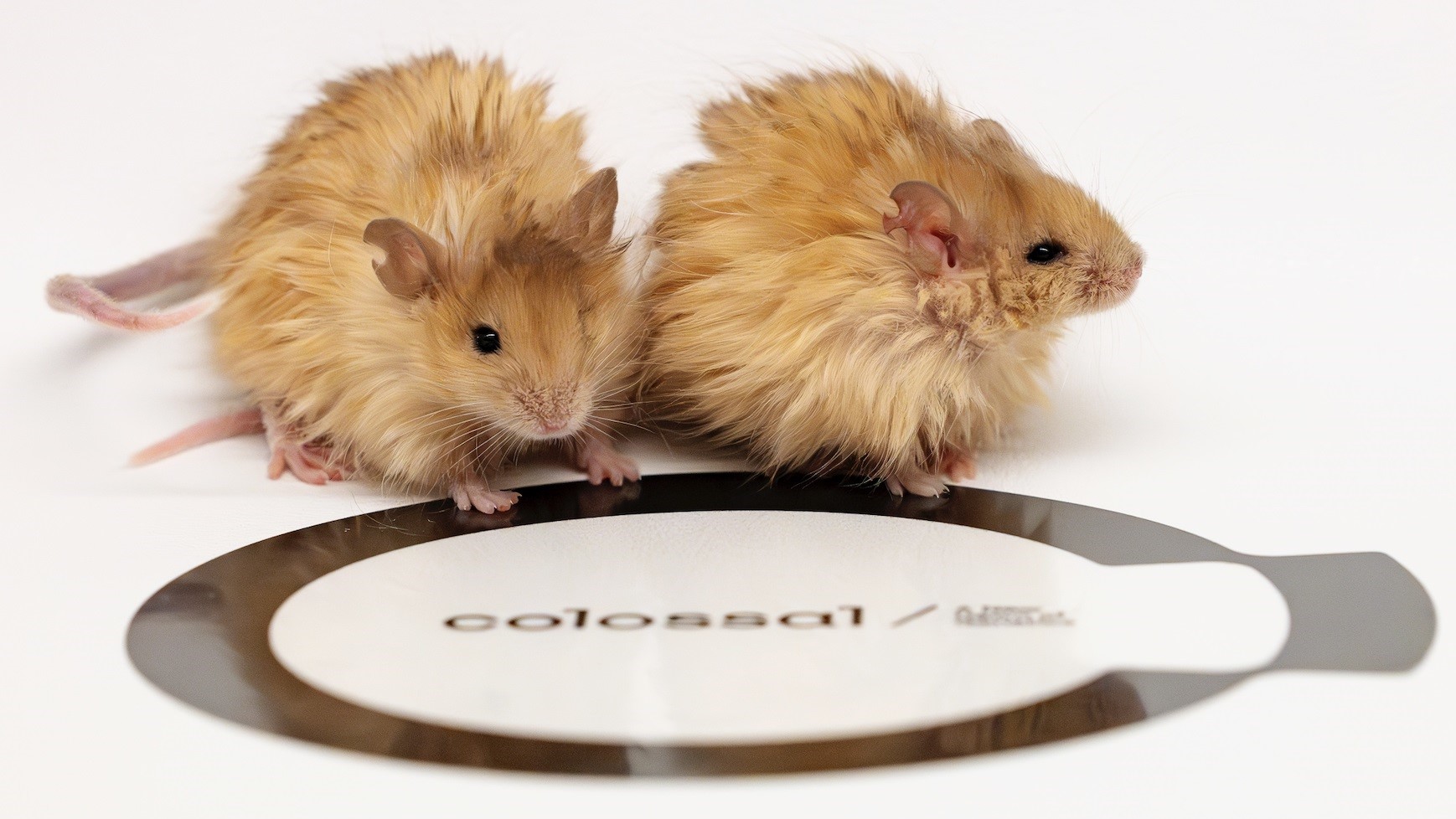Expert Reaction
These comments have been collated by the Science Media Centre to provide a variety of expert perspectives on this issue. Feel free to use these quotes in your stories. Views expressed are the personal opinions of the experts named. They do not represent the views of the SMC or any other organisation unless specifically stated.
Professor Merlin Crossley is a molecular biologist and Deputy Vice-Chancellor (Education) at the University of New South Wales.
In my professional view, we won’t be seeing a woolly mammoth, a dodo, or a thylacine for decades, because it’s not a matter of changing seven genes, you would have to change thousands, and you have to do the reproductive biology too. Overall, it would be like stacking up ladders to get to the moon. But I have to hand it to this group of gifted scientists, they do keep reminding us of the power of genetic modifications.
The natural world shows us how diverse animals are, and it is primarily down to different genes. As we come to understand how genomes work, our ability to edit in changes with predictable effects will increase. It will always be a bit like ‘town planning’ – designed towns are not always best and sometimes there are unpleasant surprises, but we have moved from just reading the genetic code to writing it now, so we’ll see more laboratory mice of various descriptions. I don’t think we’ll see mammoths though because they are hard to fit inside a test tube! Dodos and thylacines present huge technical challenges too. But there is power in this technology and if used wisely we’ll see progress in conventional medicine and agriculture.
Associate Professor Damien Fordham is Deputy Director of the Environment Institute at the University of Adelaide
The engineering of cold tolerant traits from woolly mammoths into a living model species is a fascinating scientific breakthrough, showing how far gene editing has advanced in recent years. However, it does not mean that we will be able to resurrect the woolly mammoth, which went extinct due to complex interactions with humans and climate some five to ten thousand years ago.
In addition to the immense scientific challenge that still lies ahead for the Colossal team, the threats that caused the demise of the woolly mammoth have only worsened in recent years. Therefore, it is somewhat fanciful to believe that one day we will again have self-sustaining populations of mammoths roaming Siberia.
Nevertheless, the technology could potentially rescue living species from extinction through engineering of their phenotypes. For example, it could be used to reestablish warm tolerant traits lost in dwindling populations of species who are at risk of extinction from human-driven climate change.
Professor Andrew Pask is a Professor of Genetics & Developmental Biology at the University of Melbourne and Colossal Bioscience
Colossal Biosciences’ successful creation of the Colossal Woolly Mouse is a groundbreaking achievement in de-extinction science, demonstrating the power of multiplex genome engineering. By simultaneously editing seven genes to recreate mammoth-like adaptations in mice, this research provides a vital proof-of-concept for restoring lost traits in extinct species. The ability to precisely modify coat texture and colour demonstrates the feasibility of bringing back specific species traits like those in the woolly mammoth.
This work has profound implications for de-extinction efforts, as it confirms that key mammoth adaptations can be reconstructed in living organisms. The integration of computational genomics with high-precision genetic engineering paves the way for applying similar methodologies to more complex phenotypes. By refining and scaling these techniques, Colossal is moving closer to its goal of reviving species that once played crucial roles in their ecosystems.
Beyond de-extinction, this research enhances our understanding of evolutionary biology, genetic adaptation, and conservation genetics. The ability to reintroduce lost traits could aid in biodiversity restoration and even climate resilience efforts. The Colossal Woolly Mouse is a milestone moving us closer to the ultimate goal of de-extinction.



 Australia; International; NSW; VIC; SA
Australia; International; NSW; VIC; SA


